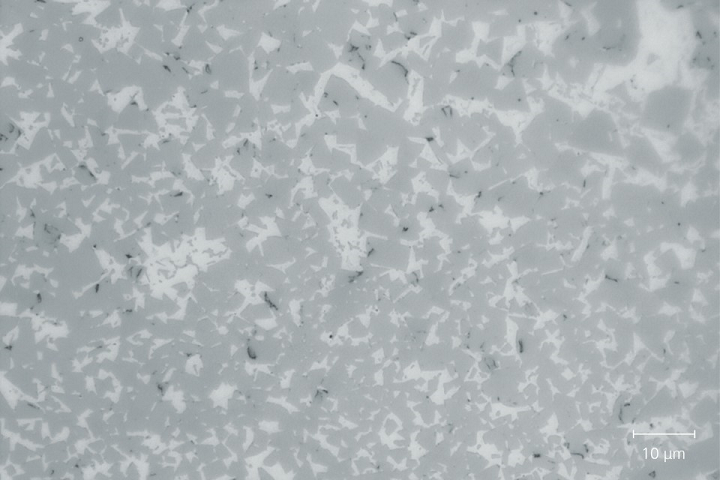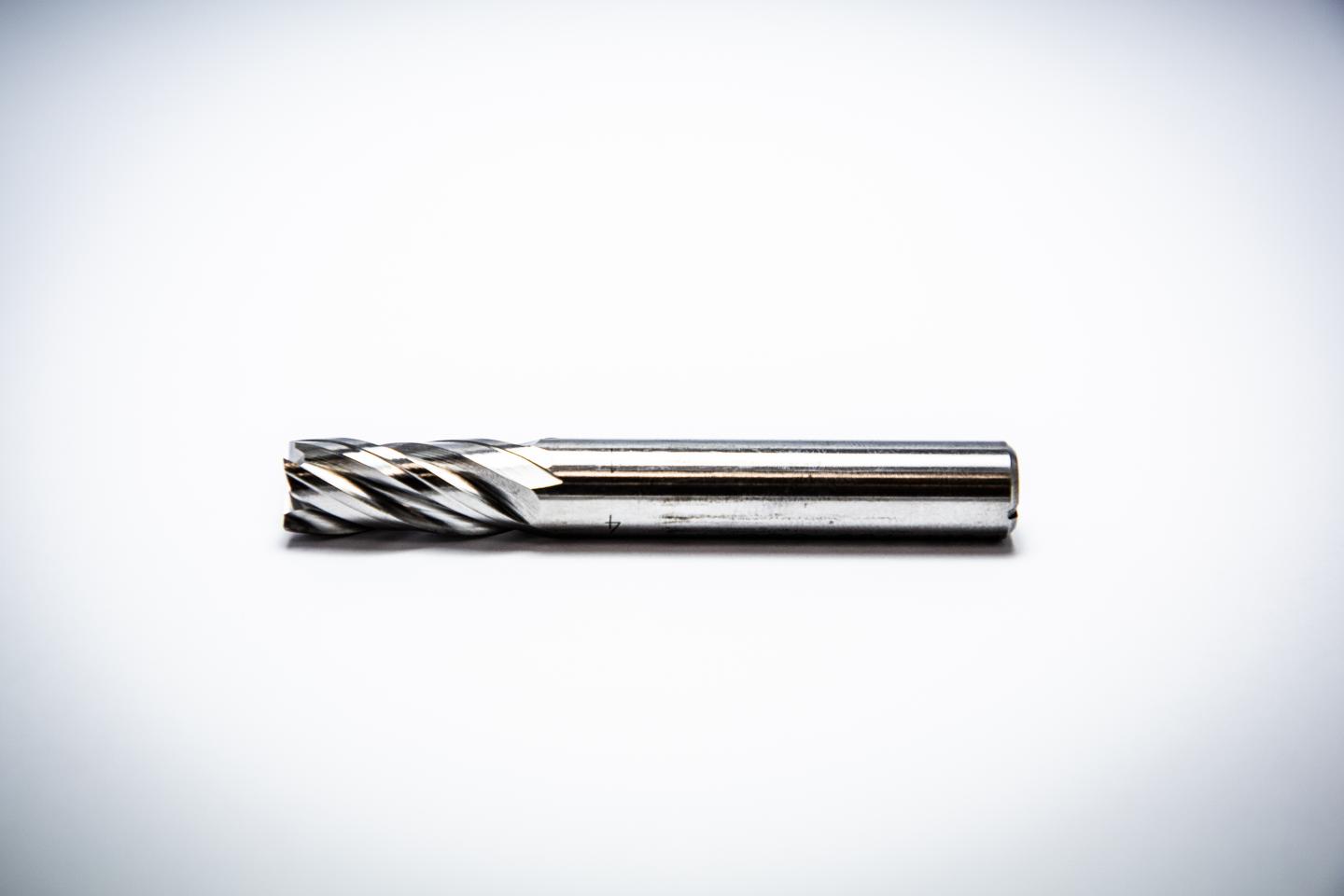 Obviously, the Fraunhofer Institute for Laser Technology ILT does a lot of work with lasers, and, in the same vein, with metal 3D printing processes that use lasers. Now, it’s teaming up with scientists from the Institute for Materials Applications in Mechanical Engineering IWM and the Laboratory for Machine Tools and Production Engineering WZL, both at RWTH Aachen University, to investigate laser processes for the 3D printing of cutting tools made of tungsten carbide-cobalt (WC-Co).
Obviously, the Fraunhofer Institute for Laser Technology ILT does a lot of work with lasers, and, in the same vein, with metal 3D printing processes that use lasers. Now, it’s teaming up with scientists from the Institute for Materials Applications in Mechanical Engineering IWM and the Laboratory for Machine Tools and Production Engineering WZL, both at RWTH Aachen University, to investigate laser processes for the 3D printing of cutting tools made of tungsten carbide-cobalt (WC-Co).
The new AiF project – “Additive Manufacturing of Machining Tools out of WC-Co – AM of WC-Co” – began on October 1st 2019 and will last for 30 months; funding is provided by the Otto von Guericke e.V. working group of industrial research associations.
Cutting tools made of WC-Co are very heat- and wear-resistant, which is what one generally wants in this type of application, but it’s not easy to use conventional methods of manufacturing to create them. Complex sintering processes are currently used, but it’s not ideal, as only a restricted amount of geometrical freedom is possible, and it’s expensive and difficult to introduce complex cooling structures into the tools as well.

The process development aims to generate a homogeneous, almost dense structure of the WC-Co-composite, as shown here in this SEM measurement. [Image: Institute for Materials Applications in Mechanical Engineering IWM, RWTH Aachen University]
One of the project goals is to create cutting tools with integrated complex cooling geometries in order to ensure longer tool life. That’s why the Aachen researchers are looking into Laser Powder Bed Fusion (LPBF) 3D printing for WC-Co cutting tool fabrication, which offers near-net-shape production for generation of cooling structures within these tools, and far more design freedom. This technology requires users to carefully choose their process and material parameters in order to create components with strength that’s comparable to what could be achieved with conventional manufacturing methods.
For the past few years, Fraunhofer ILT scientists have been researching a major problem in the LPBF process – temperature distribution in the part. Conventional systems slow down the cooling process with a heated base plate, but with LPBF, the metal powder is melted where the laser touches it and cools down quickly, which can cause cracks and tension.
 Fraunhofer ILT has been working with adphos Innovative Technologies GmbH on this issue, and together the two created a system which uses a near-infrared (NIR) emitter to heat the component from above to over 800°C. This system is what Fraunhofer ILT and its fellow Aachen researchers are using to process tungsten carbide-cobalt material for cutting tools in the “AM of WC-Co” project.
Fraunhofer ILT has been working with adphos Innovative Technologies GmbH on this issue, and together the two created a system which uses a near-infrared (NIR) emitter to heat the component from above to over 800°C. This system is what Fraunhofer ILT and its fellow Aachen researchers are using to process tungsten carbide-cobalt material for cutting tools in the “AM of WC-Co” project.
Under the scope of the project, the researchers are investigating the process route all the way from powder formation and 3D printing to post-processing and testing the components. Together, they will qualify the materials and processes that will replace complex sintering processes in fabricating these cutting tools.

Preheating the machining plane with the NIR module significantly reduces stresses in the laser-manufactured component. [Image: Fraunhofer ILT]
3D printed WC-Co cutting tools will have a hardness comparable to those made with conventional manufacturing methods, but because of the cooling structures that the LPBF process can be used to create, they will have a longer service life. Additionally, the NIR emitter system developed by Fraunhofer ILT and adphos can lay the groundwork for processing refractory alloy systems in the future.
At formnext 2019, in Frankfurt from November 19-22, you can stop by the Fraunhofer Additive Manufacturing Alliance booth D51 in Hall 11 to learn more about the collaborative “AM of Wc-CO” project.
Discuss this story and other 3D printing topics at 3DPrintBoard.com or share your thoughts in the Facebook comments below.
[Source: Fraunhofer ILT]
The post Fraunhofer ILT: Making Tungsten Carbide-Cobalt Cutting Tools with LPBF 3D Printing appeared first on 3DPrint.com | The Voice of 3D Printing / Additive Manufacturing.


